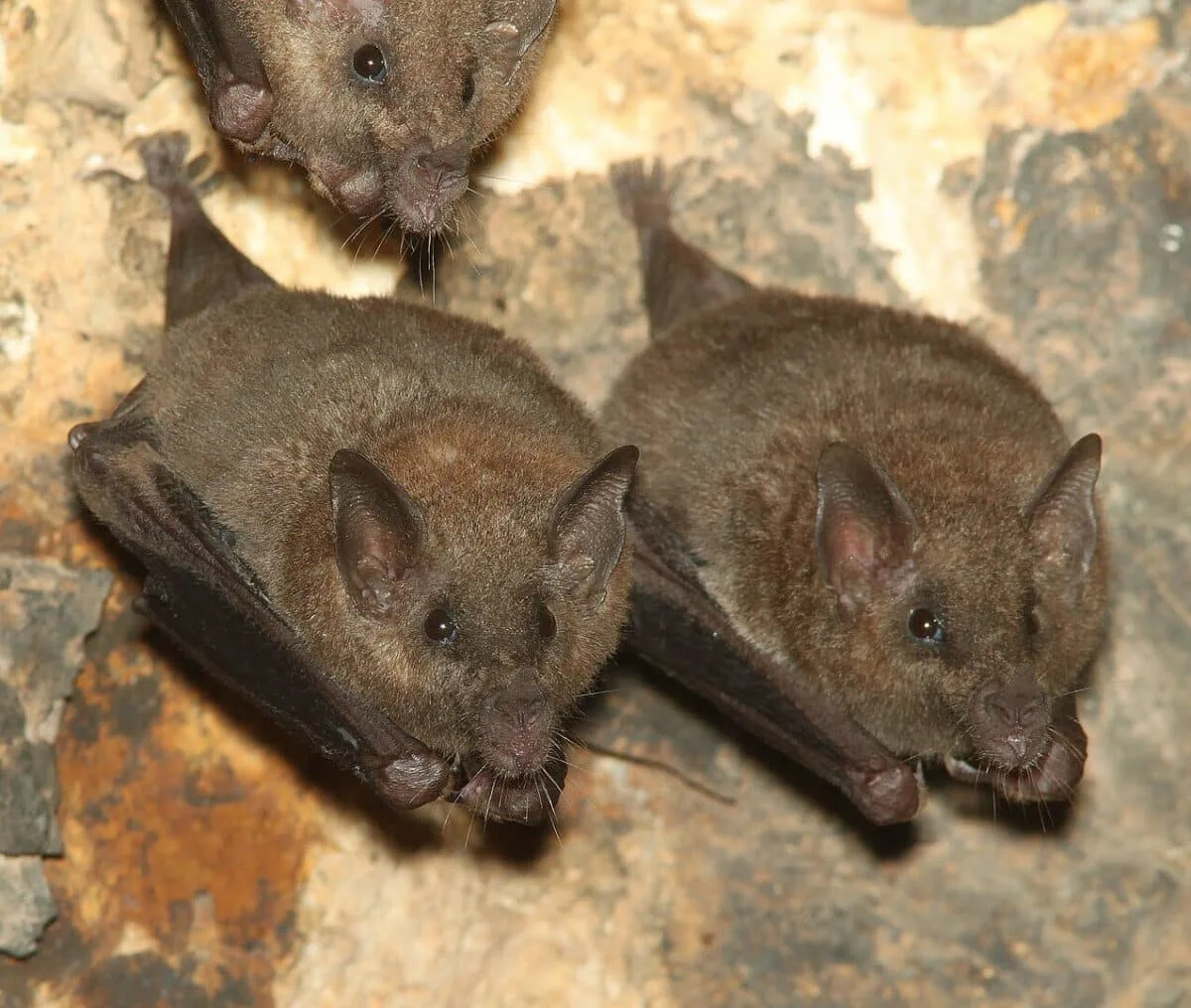Chordata, the phylum to which bats belong, encompasses a diverse range of animals with a notochord – a flexible rod-like structure providing support and serves as a precursor to the spine. Bats, as members of the Chordata phylum, exhibit unique characteristics and adaptations that have fueled centuries of fascination.
This guide will explore the importance of bats by delving into their lifestyle and behavior and investigating their habits and characteristics. From understanding what they eat to discovering their habitats, this article will provide you with an in-depth view of the fascinating world of these nocturnal animals. So, put on your detective hat and dive into our exploration—you’ll certainly come away realizing these winged creatures’ crucial role!
Overview Of The Bat Animal Kingdom
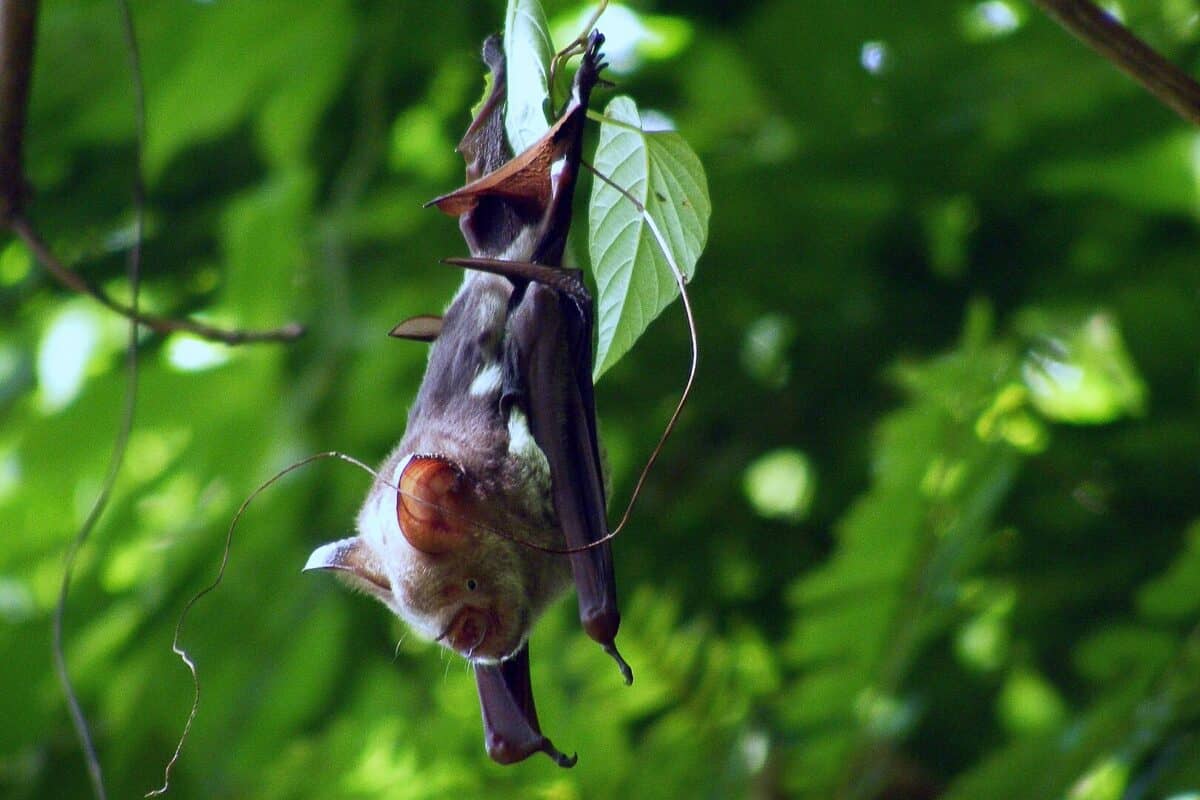
Bats belong to the Chiroptera order, which includes about 1,400 species. They possess the unique ability of sustained flight across all continents, excluding Antarctica, setting them apart as the sole mammals with this extraordinary capability. Bats vary greatly, with the smallest species weighing only a few grams, while the largest species have a wingspan of up to 6 feet.
Anatomy of Bats
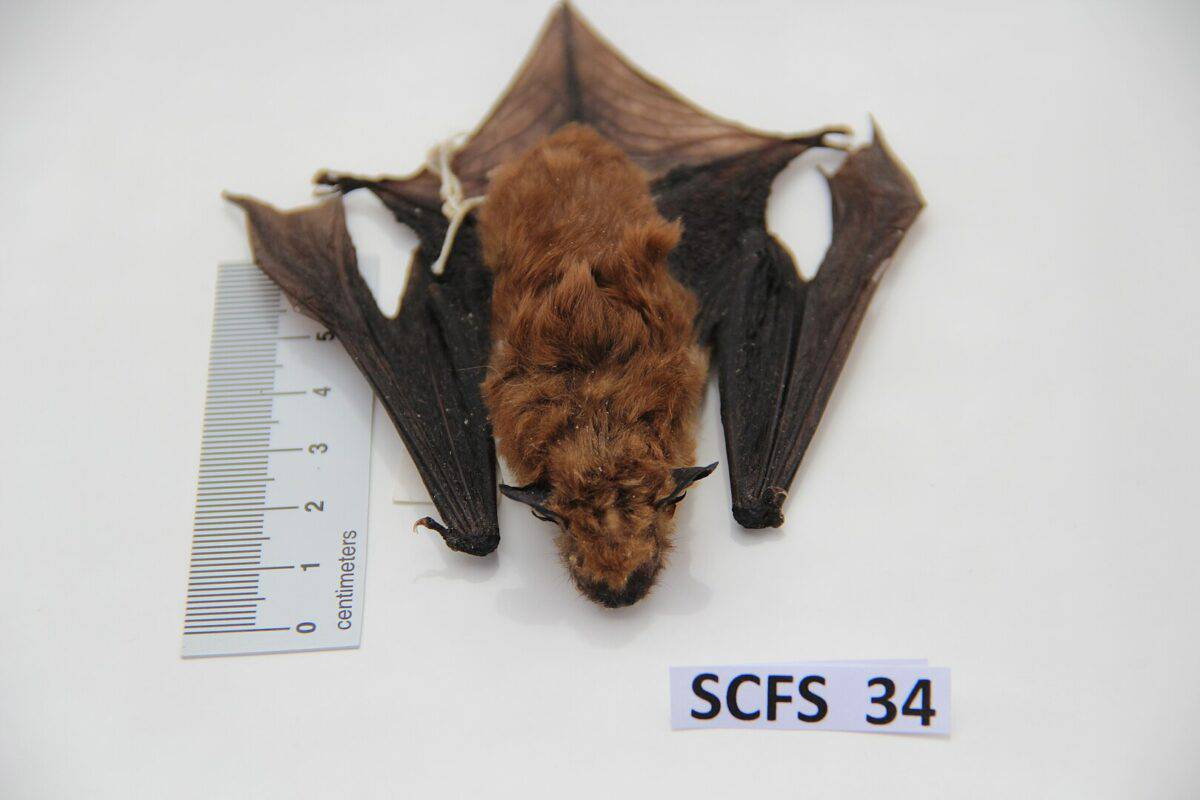
Bats have several unique adaptations that enable them to fly and live efficiently.
Exploring the Importance of Bats: Their wings comprise four elongated fingers enclosed by a delicate membrane, supported by muscularized bones. This intricate wing structure enables bats to maneuver with remarkable agility. In addition to their exceptional echolocation abilities, bats can detect prey in absolute darkness.
Diet of Bats
Bats are primarily insectivores, although some species are frugivores, nectarines, or carnivores. Insectivorous bats have a diverse diet of insects, such as moths, beetles, and mosquitoes. Fruit-eating bats feed on flowers, fruits, and nectar, while carnivorous bats hunt for prey like small mammals, birds, and reptiles.
Habitat of Bats
Bats can be found in various habitats, including deserts, forests, grasslands, and urban areas. Many species migrate to warmer regions during winter, while others hibernate to conserve energy.
Behavior of Bats
Bats are nocturnal animals and are active at night. They use echolocation to navigate and hunt prey during the dark hours. Numerous bat species exhibit social behavior and gather in extensive colonies, whereas certain species prefer solitude. Bats are crucial as significant pollinators and seed dispersers for numerous plant species.
Threats To Bats
Bats face various threats, including habitat loss, disease, and human disturbance. White-nose syndrome is a fungal disease that has devastated bat populations in North America, while wind turbines and pesticides threaten bats worldwide. Conservation efforts are being made to protect bat populations and their habitats.
Check out 5 Surprising Facts About Bats.
Different Types Of Bats Around The World
There are over 1,400 species of bats worldwide, making up about one-fifth of all mammal species. These fascinating creatures can be found in every continent except Antarctica. Here are some of the different types of bats found in various parts of the world:
Fruit Bats: Also known as Flying Foxes, fruit bats are some of the largest bats in the world, with wingspans of up to 5 feet. They are found in tropical regions of Asia, Africa, and Australia and feed on a fruit diet.
Vampire Bats: As their name suggests, these bats feed on the blood of other animals. Found in Central and South America, Vampire Bats are the only mammals that feed entirely on blood. They are also known for their unique ability to walk and run on the ground.
Leaf-Nosed Bats: These bats are named for their unique nose shapes resembling leaves or cones. They are found in North and South America and are known for their echolocation abilities, allowing them to navigate in complete darkness.
Bulldog Bats: These bats are known for their unusually short, wide heads and powerful jaws. They are found in Central and South America and feed on a diet of fish and insects.
Ghost Bats: Native to Australia, they are known for their pale gray fur and piercing eyes. They are also unique in their feeding habits – unlike most other bats, they don’t use echolocation to find prey but instead rely on their incredible eyesight.
Interesting Facts About Bats
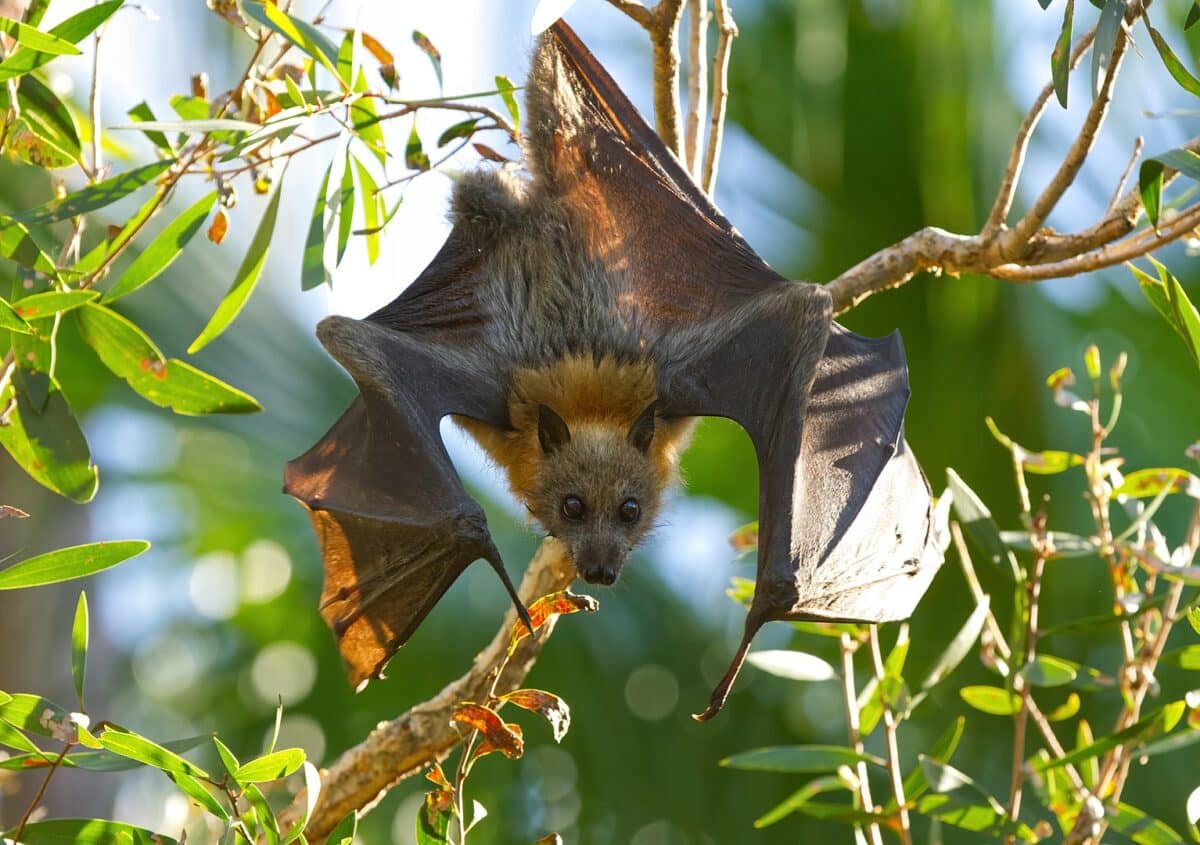
Bats may seem mysterious and frightening, but there is much more to them than meets the eye. Here are some interesting facts about bats that you may not have known:
- Bats are the sole mammals capable of sustained flight. Differing from other mammals, such as flying squirrels and gliders, which can only glide through the air – not fly like bats can.
- Many bat species can live for over 20 years. It is particularly impressive when you consider their small size and the fact that they are preyed upon by various animals.
- Bats play an important role in our ecosystems as pollinators. Many species of bats feed on nectar from flowers and, in doing so, help to pollinate those flowers.
- Contrary to popular belief, most bats are not blind. Many species have excellent eyesight in addition to their echolocation abilities.
- Bats are clean animals that spend significant time grooming themselves and their kin. They are also social creatures that often live in large groups called colonies.
How To Identify A Bat
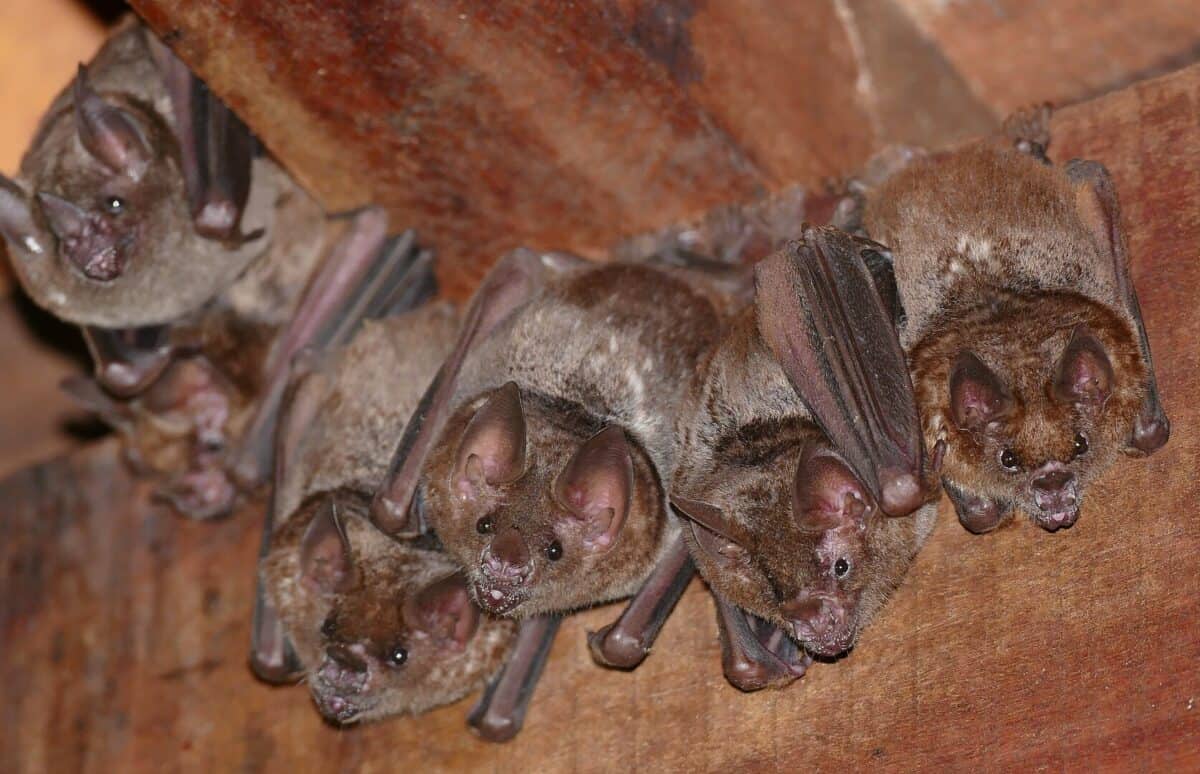
Understanding the importance of bats, these fascinating creatures are often misunderstood. Learning to identify them may seem intimidating, but can also be intriguing. The first step is to examine their physical characteristics. Bats are mammals with fur, but unlike other mammals, they have wings instead of arms. These wings consist of a thin skin membrane stretching between their elongated fingers.
One of the most notable features of bats is their echolocation ability. They emit high-pitched sounds that bounce off objects, allowing them to navigate in the dark. Observing it in its natural habitat is the best way to identify a bat. Fortunately, bats are active at night, so you can watch them in action using a bat detector or simply by listening to their unique sounds. With a little practice, you’ll soon be able to identify different bat species by their distinct calls.
Overview Of The Bat’s Natural Habitat And Habits
Exploring the Importance of Bats: Bats, categorized under the order Chiroptera, derive their name from the Greek term “hand-wing.” Boasting a remarkable diversity of more than 1,400 species, bats are the second-largest order of mammals globally, surpassed only by rodents. Bats, found everywhere except for the polar regions and remote islands, occupy various habitats, from tropical rainforests to deserts, and can adapt to various climates.
Bats are unique in their ability to fly, using their wings as hands to propel themselves through the air. Although bats are commonly linked with darkness, they rely on echolocation to navigate and capture their prey. They emit high-frequency sounds that bounce off objects and return to the bat’s ears, allowing them to “see” in the dark.
Bats are primarily nocturnal, meaning they are active at night, although some species are active at dawn and dusk. During the day, bats roost in sheltered places like trees, caves, and buildings. Some species, like the smaller Myotis bats, roost in groups of up to a thousand individuals, while others, like the larger fruit bats, prefer solitary roosting.
Bats play a crucial role in numerous ecosystems by offering pollination services to plants and regulating insect populations. They also serve as a vital food source for predators such as birds of prey and snakes. Unfortunately, numerous bat populations face jeopardy due to habitat destruction, climate change, and disease.
How To Care For Pet Bats Or Respect Wild Bats

While keeping bats as pets is legal in some areas, it is important to note that they require specialized care and are unsuitable for most people. Bats are untamed creatures that should be preserved within their native environments whenever feasible.
If you encounter a bat in distress, such as one with a broken wing or one that a cat has attacked, it is important to contact a licensed wildlife rehabilitator. These experts possess the necessary training and specialized tools to properly care for injured bats and reintroduce them into their natural habitat once fully recuperated.
If you have a bat roosting in or near your home, it is advisable to contact a pest control professional who specializes in humane bat removal, considering the importance of bats. While bats can be beneficial, they can also cause damage and pose health risks if they create a colony inside a building. Also, it is important to remember that bats are protected by law in many areas, and harming or killing them can result in fines or even jail time. When coming across wild bats, it’s advisable to maintain a safe distance and refrain from disturbing their roosting sites. By respecting these fascinating creatures and recognizing the importance of bats, we can help ensure their survival for generations.
Check out white-nose syndrome bat disease.
FAQs
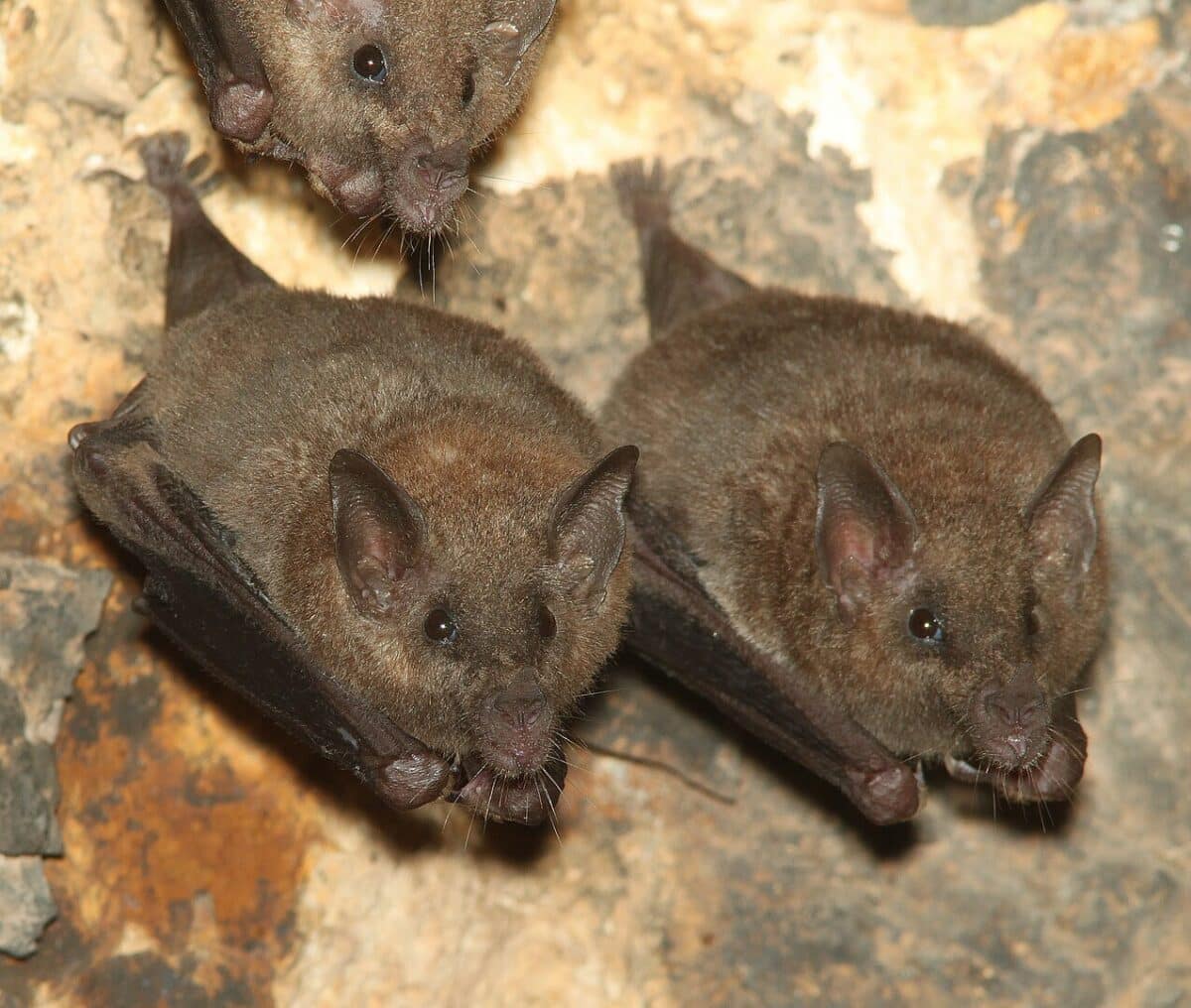
What Are Bats, And How Do They Live?
Bats are flying mammals with wings of skin stretched over elongated fingers. They come in different sizes, ranging from a few grams to more than a kilogram. Bats are nocturnal creatures living in caves, trees, and buildings. They feed on insects, fruits, nectar, and sometimes small animals such as frogs and fish.
Bats use echolocation to navigate in the dark and detect their prey. They produce high-frequency sounds using their vocal cords and then listen to the echoes produced when the sound waves bounce back off objects. By analyzing the time and intensity of the echoes, bats can determine the location, size, and texture of the objects around them.
What Is The Role Of Bats In The Ecosystem?
Bats, belonging to the Chordata phylum, play a crucial role in the ecosystem by consuming vast amounts of insects, including pests that damage crops and spread diseases. They, along with other Chordata species, also pollinate flowers and disperse seeds, contributing to the growth and regeneration of forests and other habitats. Moreover, bat guano, which is rich in nutrients, is used as a fertilizer in agriculture. However, Chordata bats are threatened by habitat loss, hunting, and diseases, and their populations are declining in many parts of the world.
Chordata, as a diverse phylum, encompasses various species that contribute uniquely to ecological balance. Bats, a remarkable group within Chordata, are essential for maintaining the health and stability of ecosystems due to their significant role in insect control, pollination, seed dispersal, and nutrient recycling. Despite their importance, Chordata bats face various challenges, including habitat degradation, direct human impacts, and the spread of diseases like white-nose syndrome.
Preserving Chordata bats’ habitats and implementing conservation measures are vital to ensure their continued ecological contributions.
Wrapping Up
After reading this guideline, you’ll appreciate the importance of bats, members of the Chordata phylum, and the fascinating complexity they bring. From their powerful wings to their diverse diet, these nocturnal animals, belonging to the Chordata family, have captivated people for centuries. Whether they evoke thoughts of superheroes or mystical beings, one fact remains—bats keep us intrigued. In the darkness of night, they unveil the magic waiting to be discovered.
The next time you spot a bat in the moonlit sky, remember its secrets and be awed by the wonder in its wings. Share this knowledge with friends and family to spread awareness and ensure future generations delve into the enigma of bats!
Enjoyed this article? Check out these: Aardwolf, African Elephant Vs. Sumatran Rhinoceros, Unraveling the Secrets of the Black-Footed Ferret, Top 10 Deciduous Forest Animals, and Python vs. Chinese Cobra – A Deadly Duel in the Animal Kingdom
- Australian Kelpie Dog – Unleashing The Power - October 17, 2024
- Top 10 Savanna Animals - October 15, 2024
- The Lethal Bite of the Water Moccasin - October 14, 2024

